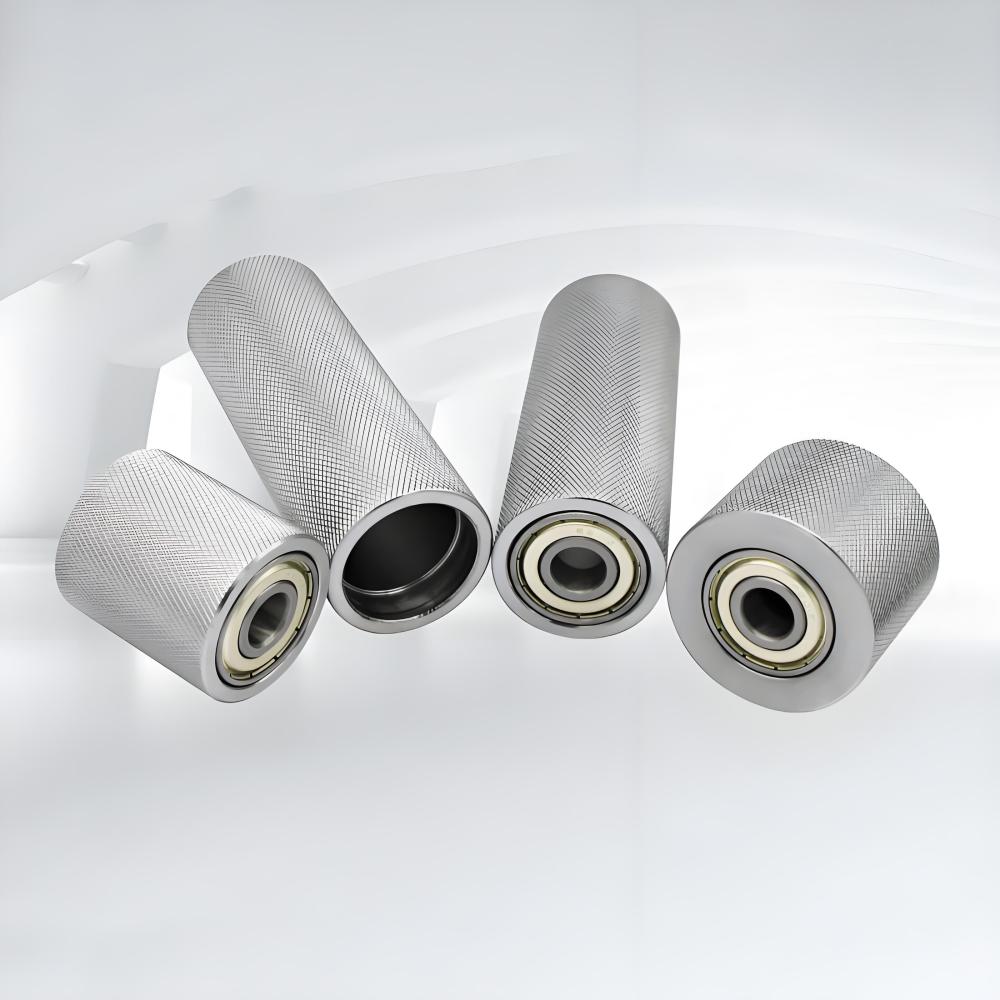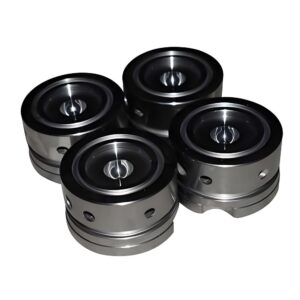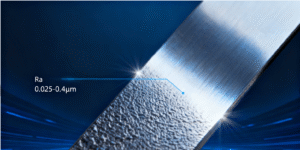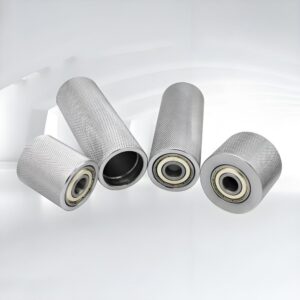In metalworking, surface finish isn’t just about looks—it plays a crucial role in functionality, safety, and performance. One of the most effective ways to add texture to a metal surface is through knurling, and the tool that makes it possible is the knurling tool. From improving grip on hand tools to enhancing the aesthetics of precision-machined parts, knurling has become an essential process in workshops and manufacturing plants alike.
This guide explains what a knurling tool is, the different types available, how the process works, and practical tips to achieve professional results whether you’re using a manual lathe or a CNC machine
What Is a Knurling Tool?

A knurling tool is a specialized metalworking tool designed to press a patterned texture onto the surface of a workpiece, typically cylindrical in shape. Instead of removing material, the process—known as knurling—displaces the metal to form raised ridges. These ridges create patterns such as diamond knurling or straight-line knurling, both valued for their functional and decorative properties.
In practice, knurling tools are used on:
- Manual lathes, where the machinist controls pressure and feed manually.
- CNC machines, where precision patterns can be programmed and repeated consistently across multiple parts.
Types of Knurling Tools
Knurling tools come in various designs, each suited to specific applications and workpiece requirements. Understanding the different types helps machinists select the right tool for the job, ensuring optimal results.
Straight Knurling Tools
Straight knurling tools create linear ridges parallel to the workpiece’s axis. These are ideal for applications where a simple, non-slip surface is needed, such as on tool handles or bolts. The straight pattern is less complex than other designs, making it a popular choice for high-volume production.
Diamond Knurling Tools
Diamond knurling tools produce a cross-hatched pattern, often referred to as a diamond or checkered pattern. This design offers superior grip, making it ideal for components like handwheels, knobs, or grips that require maximum traction. Diamond knurling is more intricate and often used in applications where both functionality and aesthetics are important.
Angular Knurling Tools
Angular knurling tools create patterns at an angle, typically 30 or 45 degrees, resulting in a visually distinct texture. These tools are less common but are used in specialized applications where unique patterns are required for branding or specific mechanical purposes.
Single vs. Multi-Wheel Knurling Tools
Knurling tools can also be categorized based on the number of knurling wheels they use. Single-wheel tools are simpler and used for basic patterns, while multi-wheel tools, such as those with two or three wheels, allow for faster and more uniform knurling, especially on larger workpieces. Multi-wheel tools are often preferred in high-precision CNC machining.
How a Knurling Tool Works
The knurling process involves pressing hardened wheels with engraved patterns against a rotating workpiece. As the tool applies pressure, the wheels displace the metal’s surface, forming a repeating pattern without cutting away material.
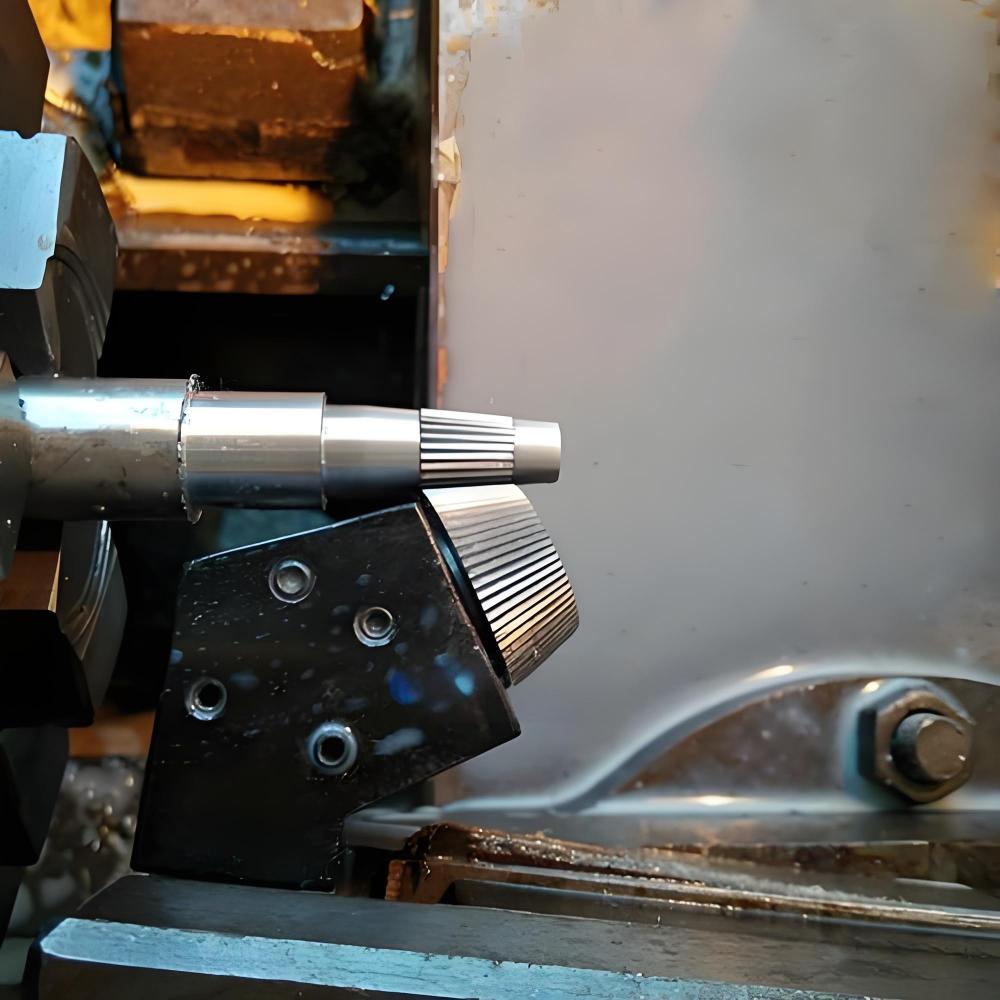
To achieve a clean, uniform knurl:
- Apply steady pressure—too much force can distort the workpiece, while too little results in shallow or incomplete patterns.
- Adjust the spindle speed based on material hardness and pattern depth.
- Use lubrication to minimize friction, reduce tool wear, and improve surface finish.
On a manual lathe, the operator controls these variables directly, while on a CNC machine, they’re programmed for consistency and repeatability.
Applications of Knurling Tools
Knurling is used in a wide range of industries, from toolmaking to decorative metalwork. Common applications include:
- Handles and Knobs: Provides a secure grip on hand tools, machine controls, and instruments.
- Fasteners and Screws: Adds texture for easy tightening and loosening by hand.
- Decorative Finishes: Enhances the look of custom hardware, furniture fittings, and precision parts.
- Industrial Components: CNC knurling tools create uniform patterns on parts requiring grip, alignment, or tactile surfaces.
Advantages of Knurling in Metalworking
Adding knurling to metal parts offers several benefits:
- Improved Grip & Safety – Prevents slipping on handles and knobs.
- Aesthetic Appeal – Adds a professional, high-quality finish.
- Functional Value – Knurled textures can aid in assembly or part alignment.
- Efficiency – Creates texture without secondary machining processes like milling or engraving.
Best Practices for Effective Knurling
To get the most out of your knurling tool:
- Choose the Right Tool – Match the tool to your machine (manual lathe or CNC) and the desired pattern.
- Control Pressure & Speed – Excessive pressure may damage the workpiece, while incorrect speeds can affect pattern quality.
- Use Cutting Fluids – Proper lubrication extends tool life and ensures a clean finish.
- Maintain Your Tools – Inspect knurling wheels regularly and replace them when worn to maintain consistent results.
Conclusion
A knurling tool is more than just an accessory in the machine shop—it’s an essential instrument for adding both function and style to metal parts. By mastering the different types of tools, understanding how the process works, and following best practices, machinists can produce reliable, high-quality knurled surfaces with ease.
For businesses seeking high-quality machining solutions, Precionn stands out as a trusted partner. Specializing in precision machining, Precionn leverages advanced tools, including state-of-the-art knurling tools, to deliver components that meet the highest industry standards.

